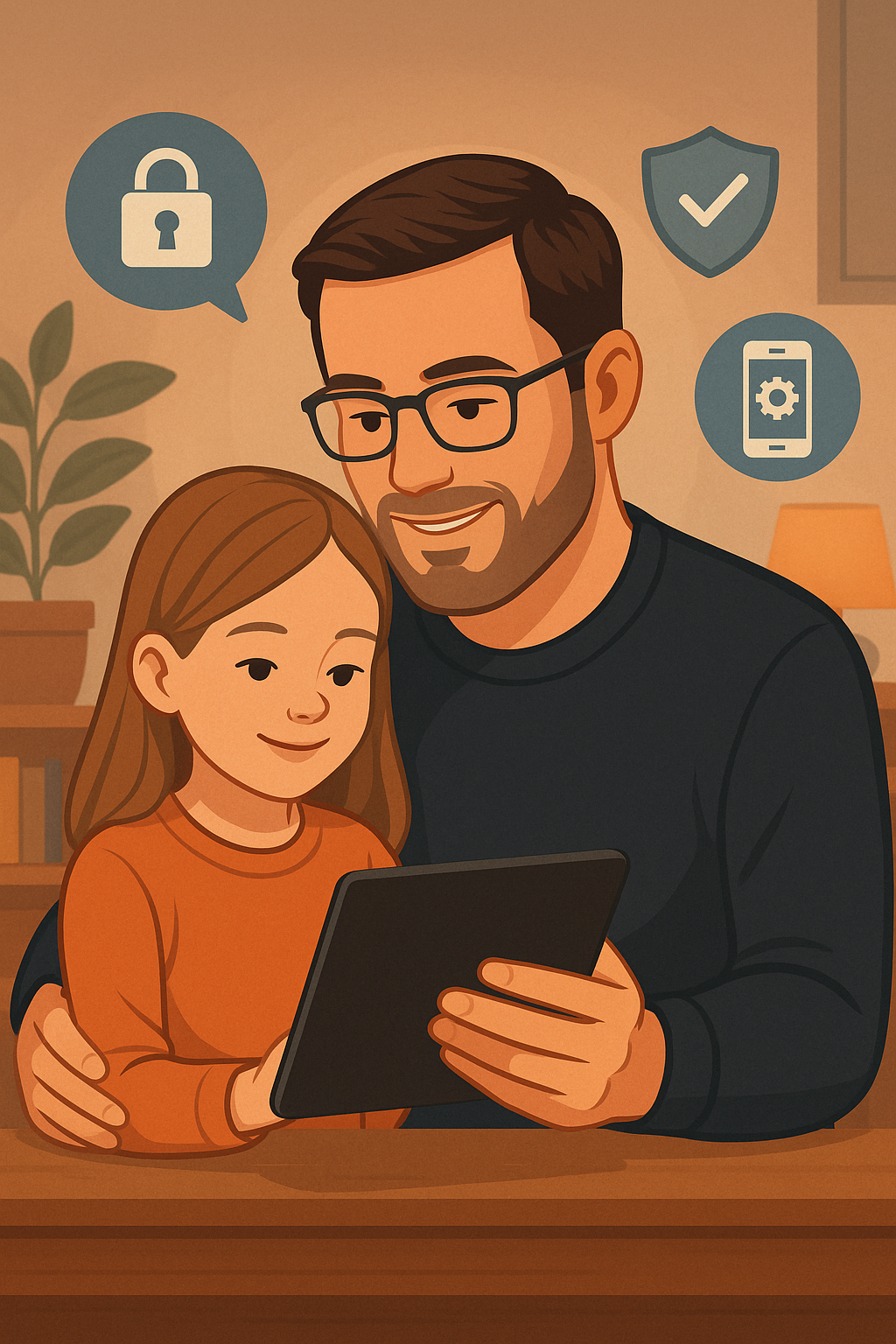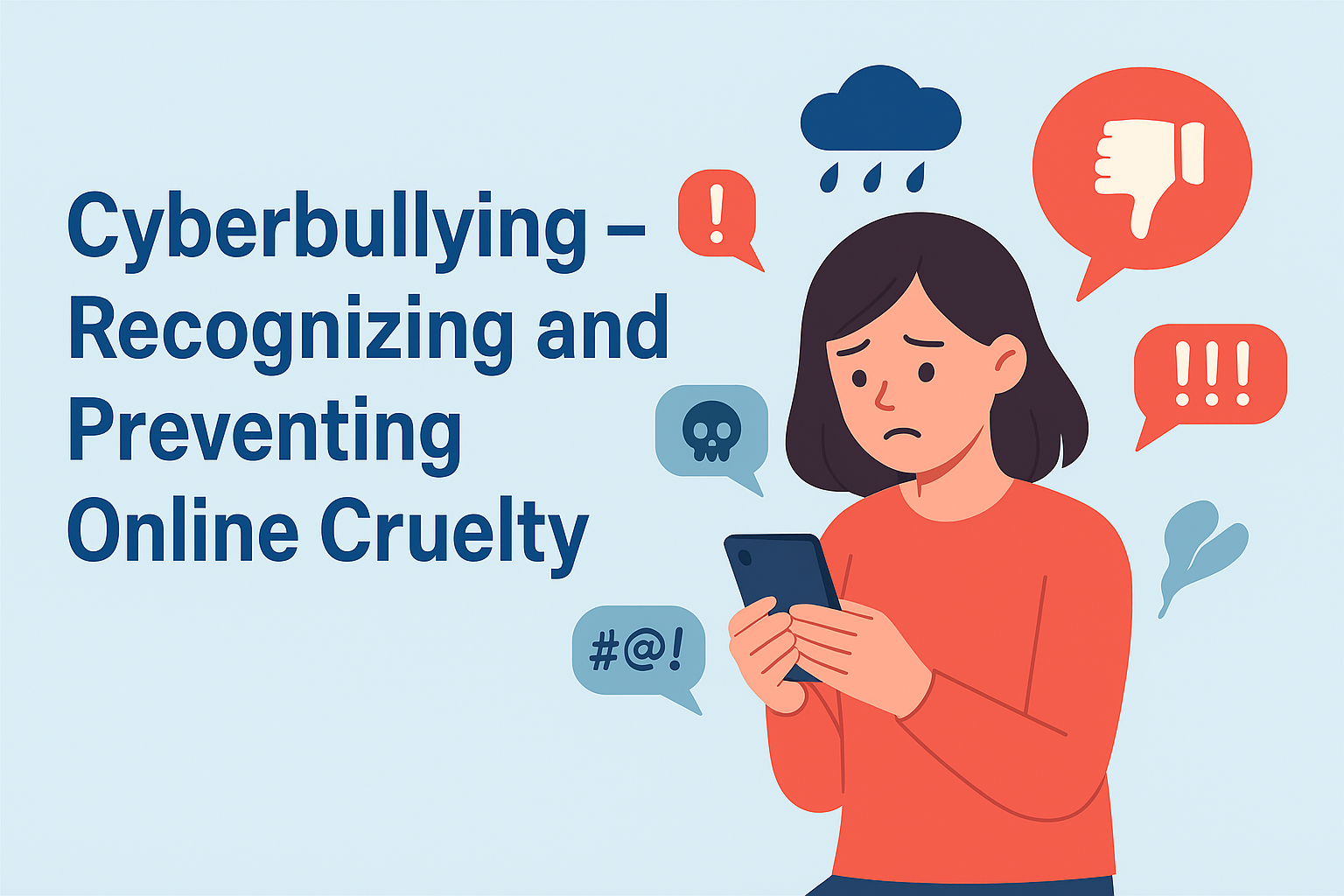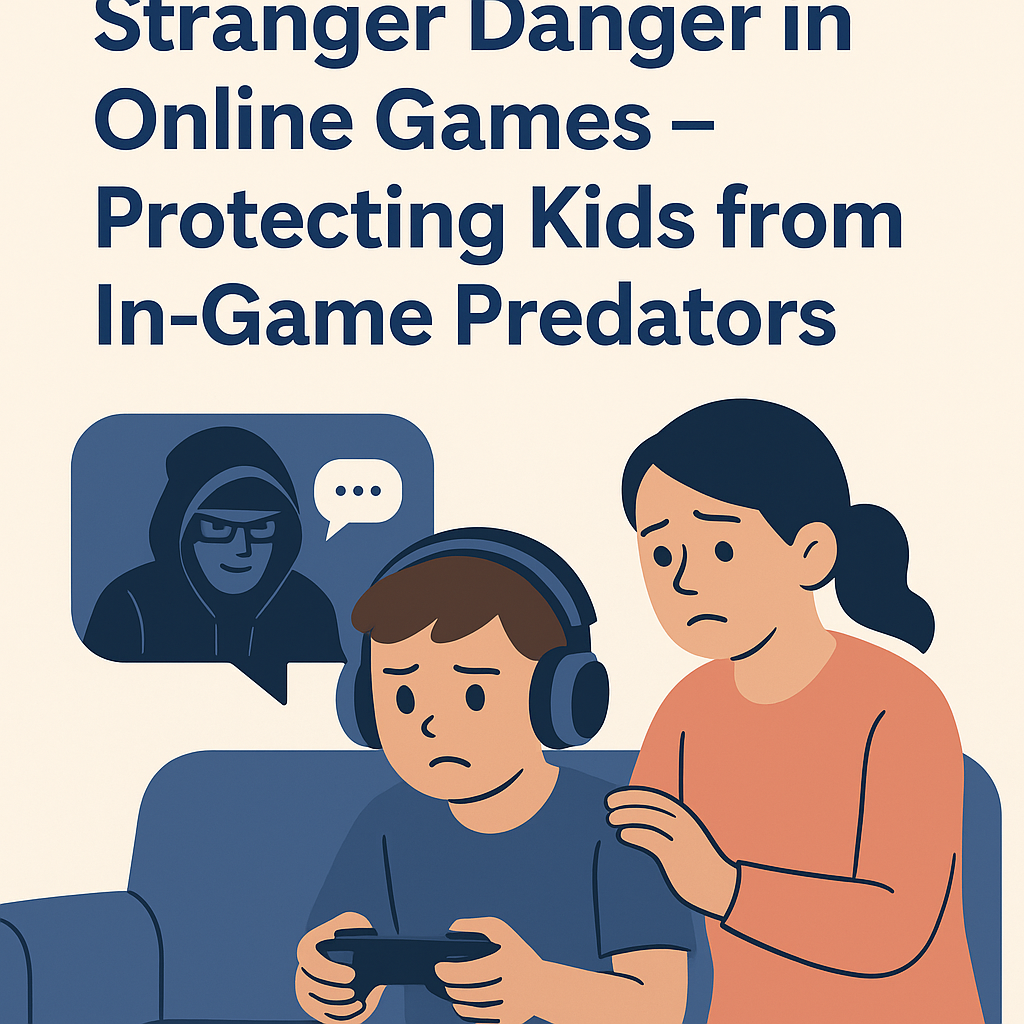Unfiltered Internet Access – The Risks of Unlimited Web for Kids
The internet offers vast educational opportunities but also exposes kids to harmful content, like pornography, graphic violence, and misinformation.

Giving a child a tablet or laptop with open access to the entire internet is akin to letting them roam a vast city alone. The web holds immense educational value, but it also harbors content that is inappropriate – even dangerous – for young eyes. One major concern is exposure to pornography and graphic violence.
Studies by child safety organizations have found that kids often encounter explicit material far earlier than parents expect. A recent Common Sense Media survey reported that nearly 75% of teens (ages 13–17) have seen online pornography, with the average first exposure around age 12. Alarmingly, 1 in 7 teens said they had already seen porn by age 10. Many of these encounters are accidental – a harmless search or YouTube video can quickly lead to disturbing content.
Beyond sexual content, children can stumble on sites with graphic violence, hate speech, self-harm forums, or other material that can be psychologically upsetting. In one survey of primary school children, 25% had experienced harmful or upsetting content online, and most did not tell a parent when it happened, potentially due to shame or fear of losing internet privileges.
Given these dangers, experts urge parents to implement reasonable filters and limits rather than leaving the entire internet open. About one-third of teens say their households use content filters or parental controls – a number that should be higher. The goal isn’t to censor everything, but to create a “walled garden” of age-appropriate online content.
Start by using built-in safe search modes on browsers and YouTube; these can block the majority of explicit results. Even better, a comprehensive tool like Protect makes this easy across all devices. Protect’s filters automatically block pornography, gambling, violence, and other adult sites so that your 10-year-old can research a school project without accidentally hitting X-rated links. It enforces safe search on major search engines. Parents can also add specific websites to a custom block list – for example, if you notice your child found a disturbing site, you can ensure it’s off-limits going forward.
Of course, technical filters aren’t foolproof, and tech-savvy kids may attempt to bypass them. That’s why it’s equally important to educate your child. Explain why certain sites are blocked in terms they can understand (“Some videos online show scary or very grown-up things that you’re not ready for. It’s our job to keep those away until you’re older.”). Encourage them to come to you if they see something upsetting – reassure them they won’t get in trouble for honest mistakes.
By combining education, open dialogue, and protective technology, you create a safer online environment. Kids can still enjoy the richness of the web – learning coding on a tutorial site, watching science videos, playing kid-friendly games – but within boundaries that protect their innocence and well-being.
Latest articles

Start using the parental control platform of

the future




